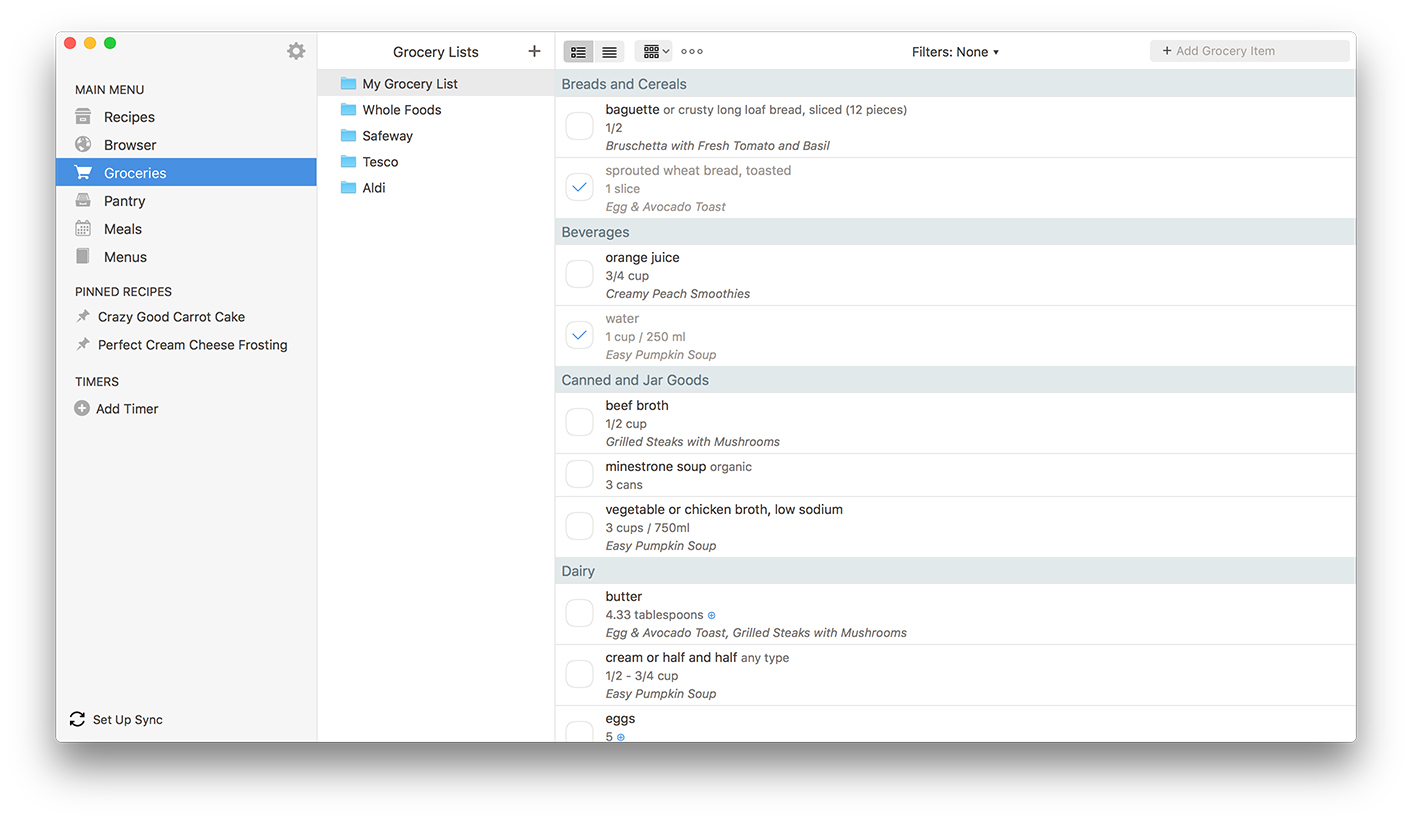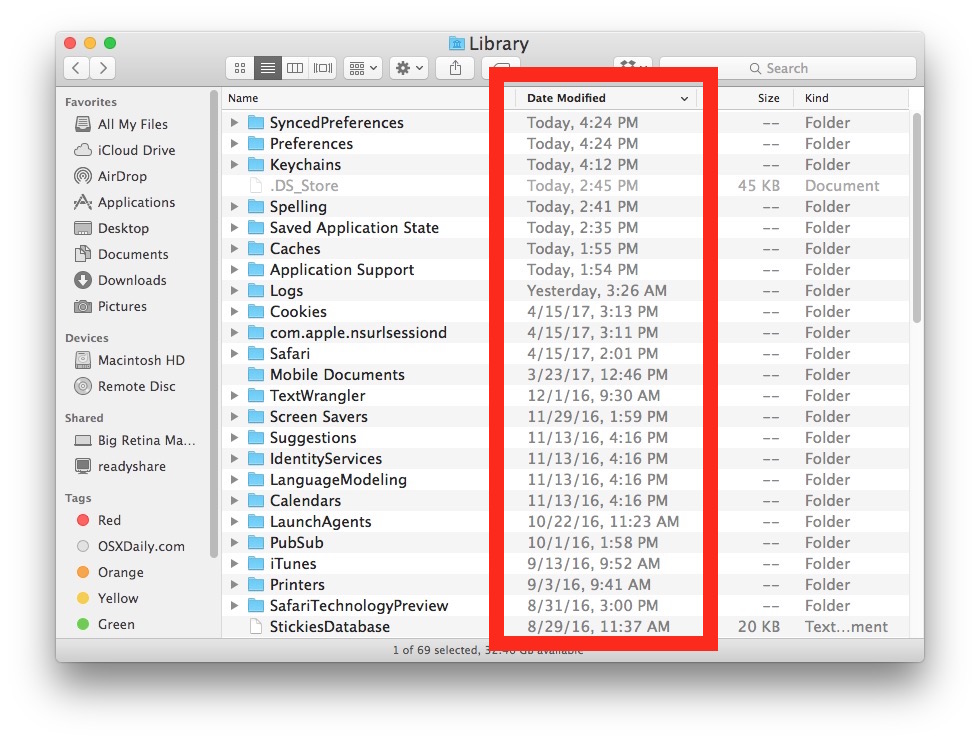Organize and schedule your life with an app that combines your tasks, events, lists, and notes into a single timeline that you can access from all your Apple devices
Say I have two lists: list1 = 3, 2, 4, 1, 1 list2 = 'three', 'two', 'four', 'one', 'one2' If I run list1.sort, it'll sort it to 1,1,2,3,4 but is there a way. Sorted 3 is really all about planning your day in minute detail. If you tend to work from your calendar and like scheduling activities, it might be a good fit. Things 3 is more of a comprehensive GTD style task manager, focused on lists, next actions, etc.
Sorted has been around for iOS users since 2017, and it has gained quite a devoted following. A year after its release, it became Sorted³, and now it is available for Mac users as well, giving you the same features and benefits across all your Apple devices.
So what makes this app so good? Well, its intuitive and refined design is certainly a factor, but it's mostly the fact that it can serve as a do-it-all organizer that unifies your tasks, calendar events, various lists, and memos into a single easy-to-understand timeline.
One app to rule them all

Everything in Sorted³ can be easily organized with the help of the calendar. Just click on a certain date and you will see everything you need to do on that day. Want to schedule a task a couple of days from now? Just drag it to that date in the calendar and get on with your work.
When you add a new item, you can place it in a list and tag it appropriately, or just put it in your inbox and figure out where it goes later. When you finally get around to tagging and assigning it, it will be moved to the right place. If it's scheduled, it will appear in your daily schedule when the day arrives.
Sort out your schedule and get organized

Sorted³ makes it easy to stay focused on what you need to accomplish today, and it even helps you figure out when and how to do it. If you have a bunch of tasks but have no idea how to get started, just let the app schedule them automatically.
If things don't go to plan and you get delayed, or something gets canceled, you can select multiple tasks and schedule them earlier or later all at once. To simplify things, you can even merge multiple items into a single task with several steps.
Thanks to the app's support for rich text formatting, you can write detailed descriptions, create lists within lists, and generally make your notes easier to understand.
Available on Mac, iPhone, iPad, and Apple Watch

A scheduler wouldn't be of much use if you could only access it on your Mac, but you can take Sorted³ with you wherever you go. However, keep in mind that the Pro versions of the Mac and mobile apps are purchased separately.
All in all, it's difficult not to recommend this app. It really does make it so much easier to get organized, with features that take the average person's habits into account and work with them, not against them.
Filed under
Sorted³ was reviewed by Catalin Chelariu
Catalin Chelariu- 14-day Pro trial. Reverts to free version once trial period ends.
- Features only available in Sorted³ Pro:
- Auto Schedule
- Reorganize
- Merge
- iCloud Sync
- Attachments
Sorted³ 3.6.2
add to watchlistsend us an update- runs on:
- macOS 10.15 or later (Universal Binary)
- file size:
- 45.6 MB
- main category:
- Utilities
- developer:
- visit homepage
top alternatives FREE
Sorted 3 For Macs
top alternatives PAID
SORT command is used to sort a file, arranging the records in a particular order. By default, the sort command sorts file assuming the contents are ASCII. Using options in sort command, it can also be used to sort numerically.
- SORT command sorts the contents of a text file, line by line.
- sort is a standard command line program that prints the lines of its input or concatenation of all files listed in its argument list in sorted order.
- The sort command is a command line utility for sorting lines of text files. It supports sorting alphabetically, in reverse order, by number, by month and can also remove duplicates.
- The sort command can also sort by items not at the beginning of the line, ignore case sensitivity and return whether a file is sorted or not. Sorting is done based on one or more sort keys extracted from each line of input.
- By default, the entire input is taken as sort key. Blank space is the default field separator.
The sort command follows these features as stated below:
- Lines starting with a number will appear before lines starting with a letter.
- Lines starting with a letter that appears earlier in the alphabet will appear before lines starting with a letter that appears later in the alphabet.
- Lines starting with a lowercase letter will appear before lines starting with the same letter in uppercase.
Examples
Suppose you create a data file with name file.txt
Sorting a file : Now use the sort command
Syntax :
Note: This command does not actually change the input file, i.e. file.txt.
Sort function with mix file i.e. uppercase and lower case : When we have a mix file with both uppercase and lowercase letters then first the lower case letters would be sorted following with the upper case letters .
Example:
Create a file mix.txt
Now use the sort command
Sorted 3 For Mac
Options with sort function
- -o Option : Unix also provides us with special facilities like if you want to write the output to a new file, output.txt, redirects the output like this or you can also use the built-in sort option -o, which allows you to specify an output file.
Using the -o option is functionally the same as redirecting the output to a file.
Note: Neither one has an advantage over the other.
Example:The input file is the same as mentioned above.
Syntax : - -r Option: Sorting In Reverse Order : You can perform a reverse-order sort using the -r flag. the -r flag is an option of the sort command which sorts the input file in reverse order i.e. descending order by default.
Example: The input file is the same as mentioned above.
Syntax : - -n Option : To sort a file numerically used –n option. -n option is also predefined in unix as the above options are. This option is used to sort the file with numeric data present inside.
Example :
Let us consider a file with numbers:Syntax :
- -nr option : To sort a file with numeric data in reverse order we can use the combination of two options as stated below.
Example :The numeric file is the same as above.
Syntax : - -k Option : Unix provides the feature of sorting a table on the basis of any column number by using -k option.
Use the -k option to sort on a certain column. For example, use “-k 2” to sort on the second column.
Example :
Let us create a table with 2 columnsSyntax :
- -c option : This option is used to check if the file given is already sorted or not & checks if a file is already sorted pass the -c option to sort. This will write to standard output if there are lines that are out of order.The sort tool can be used to understand if this file is sorted and which lines are out of order
Example :
Suppose a file exists with a list of cars called cars.txt.Syntax :
- -u option : To sort and remove duplicates pass the -u option to sort. This will write a sorted list to standard output and remove duplicates.
This option is helpful as the duplicates being removed gives us an redundant file.
Example : Suppose a file exists with a list of cars called cars.txt.Syntax :
- -M Option : To sort by month pass the -M option to sort. This will write a sorted list to standard output ordered by month name.
Example:
Suppose the following file exists and is saved as months.txtFebruary
January
March
August
SeptemberSyntax :
Using The -M option with sort allows us to order this file. - It can sort any type of file be it table file text file numeric file and so on.
- Sorting can be directly implemented from one file to another without the present work being hampered.
- Sorting of table files on the basis of column has been made way simpler and easier.
- So many option are available for sorting in all possible ways.
- The most beneficial use is that a particular data file can be used many times as no change is made in the input file provided.
- Original data is always safe and not hampered.
Application and uses of sort command
This article is contributed by Mohak Agrawal. If you like GeeksforGeeks and would like to contribute, you can also write an article using contribute.geeksforgeeks.org or mail your article to contribute@geeksforgeeks.org. See your article appearing on the GeeksforGeeks main page and help other Geeks.
Please write comments if you find anything incorrect, or you want to share more information about the topic discussed above.
Recommended Posts:
